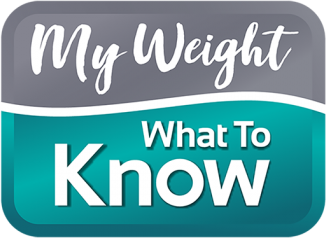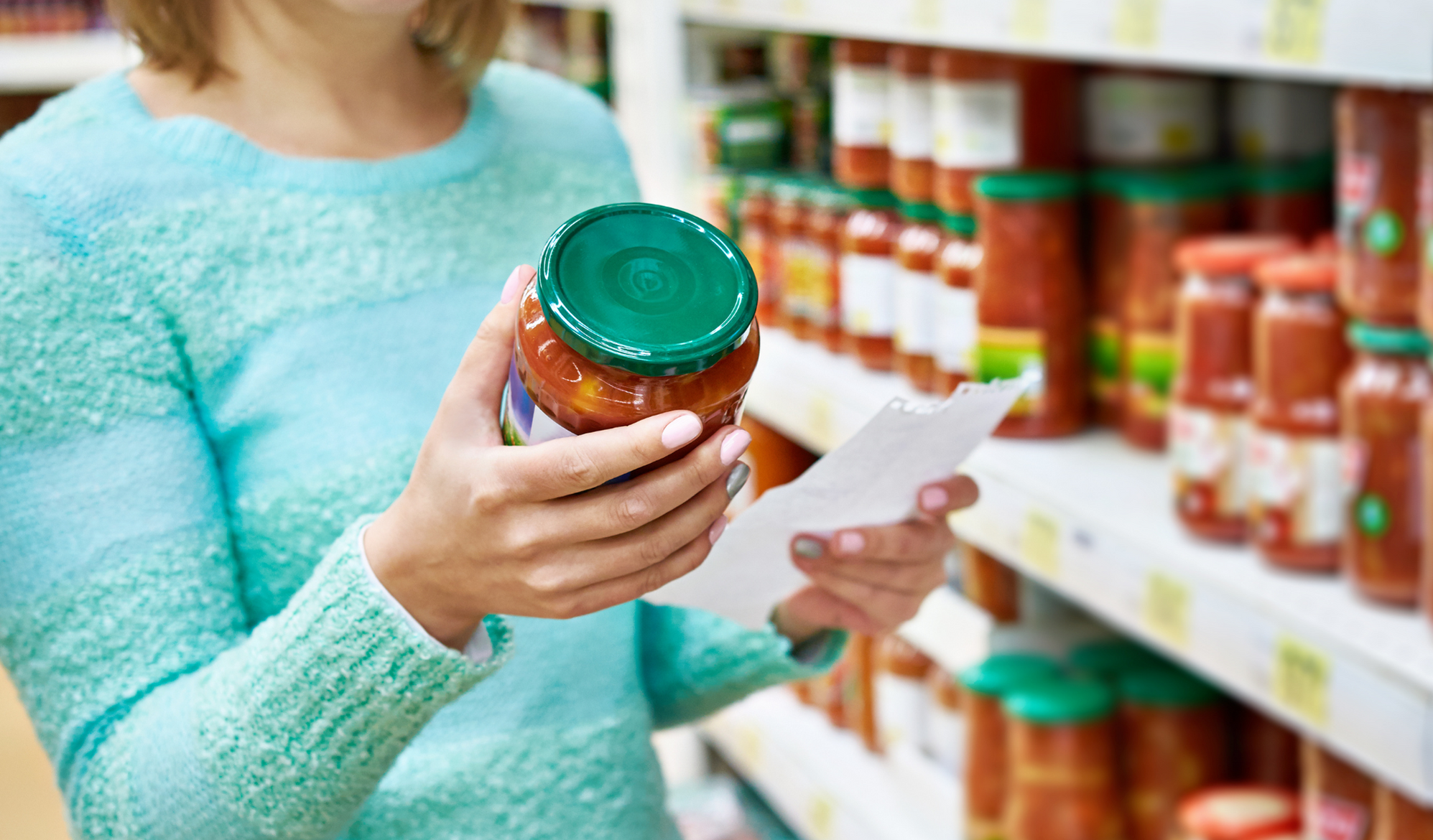By Melinda Maryniuk, MEd, RD, CDCES
Diets high in ultra-processed foods have been linked with weight gain and an increased risk of cancer, heart disease, and death. This is why we recommend thinking about the ultra-processed foods you eat on a regular basis, and considering what you could do to cut back. Here are some tips:
- Shop the perimeter of the store. The least-processed foods are usually found around the edges of your supermarket.
- Look at the nutrition facts panel. Try to buy foods with the least number of ingredients.
- Make it yourself wherever possible! While it can take a bit more time, flavoring plain yogurt with fruit or combining ingredients to make granola will mean eating fewer additives.
- Cook more. Keep in mind that “cooking” doesn’t have to involve complex recipes. Using canned or frozen vegetables can also make cooking at home more affordable.
- Focus on one or two small changes you can try. Start small. Pick one or two ultra-processed foods you want to try to eat less of. Talk with your family about WHY you’re trying to make these changes.
Let’s get specific… What foods are ultra-processed?
There’s a general categorizing system which sorts foods based on the degree of processing. This helps separate out processed foods (foods that have undergone some processing but are still generally healthy, like canned vegetables, canned tuna or whole-grain bread made in a bakery) from those that are ultra-processed, which are the ones we want to try to avoid.
Examples of unprocessed foods: fruits, vegetables, nuts, seeds, legumes, whole grains (like brown rice, quinoa, barley, oats), eggs, meat, poultry, fish, milk, plain yogurt, herbs and spices.
Examples of processed foods: cheese, bakery-made or homemade bread, canned fruits & vegetables, canned meats, salted or sugared nuts/seeds, oil, butter, sugar, salt.
Examples of ultra-processed foods: soft drinks, chips, sweetened/flavored yogurt, prepared frozen dishes, commercial bread/crackers/baked goods, frozen pizza, candy, breakfast cereals, snack bars, fast food burgers, hot dogs, sausage, deli meats.
What To Do…
Take a look at the foods listed as ultra-processed. Are there any you eat on a regular basis? Are there one or two you might be able to limit or cut out entirely and swap for something in either the processed or unprocessed list? The goal is to make a few gradual changes so that you’re eating more unprocessed foods, and fewer ultra-processed foods.
Another way to eat fewer ultra-processed foods is to cook more at home. Here are three recipes you can make at home, rather than purchasing the ultra-processed versions at the store… without trading flavor or taste!
Homemade Chicken Nuggets
Serves: 2. Calories: 311. Carbs: 3 grams. Protein: 24 grams.
- 2 boneless, skinless chicken breasts
- ½ cup flour (or ½ cup almond flour if you prefer!)
- 1 Tbsp Italian seasoning
- 2 Tbsp olive oil
- ½ tsp salt
- ½ tsp pepper
Preheat oven to 400°F. In bowl, stir together the flour, and spices. Cut chicken up into 1 inch thick pieces, trimming off and discarding any excess fat. Toss chicken with the olive oil and then place each piece in the bowl with the flour and spices, making sure each piece is well coated. Place on a baking sheet lined with parchment paper. Bake for 20 minutes, then turn on the broiler & place under broiler for an additional 3-4 minutes to make the outside crispy. Serve immediately with mustard or hot sauce.
Strawberry Banana Yogurt
Serves: 2. Calories: 210. Carbs: 28 grams. Protein: 25 grams.
- 2 cups plain Greek non-fat yogurt
- ½ cup sliced strawberries
- ½ cup sliced banana
- 1 tsp honey or sweetener if desired
- Combine all ingredients and mix well. Let sit for a few hours in the refrigerator for the flavors to meld.
Oven-Baked Potato Chips
Serves: 6. Calories: 116. Carbs: 12 grams. Fat: 7 grams.
- 2 medium Yukon Gold or Idaho potatoes peeled and thinly sliced on a mandolin
- 3 Tbsp vegetable oil (such as olive, canola or corn)
- Seasonings as desired (salt, pepper, cumin, chili powder, toasted sesame seeds, dried dill, etc.)
Preheat oven to 400°F. Place sliced potatoes into a bowl and toss them with the oil. Season lightly & place on a baking sheet in a single layer. Bake 12-15 minutes or until golden brown. Season again if desired. Transfer to a rack to cool and become crispy.
***
While this article provides guidance about healthy eating, it’s important to stress that for many people, diet & exercise alone aren’t enough to reach a healthier weight. The good news is that there are safe and effective medical treatments available that can address the biological issues that make sustained weight loss difficult. To find a physician near you who specializes in weight management, click here.
Get a weekly text to help you stay on track with your health goals! Click here to sign up.
(Information adapted from NOVA.)
This article was sponsored by Novo Nordisk Canada. All content is created independently by My Weight – What To Know with no influence from Novo Nordisk.

